Blue Orchid Massage
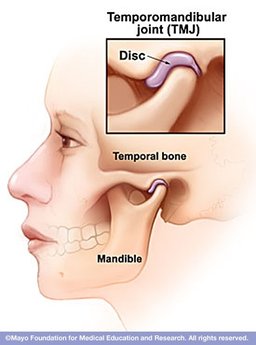 Mayoclinic.org Mayoclinic.org
Temporomandibular joint disorder (TMJD) is a type of temporomandibular disorder (TMD).
The Temporomandibular joint (TMJ) connects the lower jaw (mandible) to the skull (temporal bone) in front of the ear. You have one on each side acting like a sliding hinge. If you place your fingers just in front of your ears and open and close your mouth, you should be able to feel the joint move. If you move your jaw side to side you can feel that the joint has a wide range of motion. Problems with the joint or muscles can cause jaw pain, neck pain, headaches, or ear pain.
Causes
The exact cause of TMJ pain can be difficult to determine and in many cases the causes are unclear. Dentist believe the problems originate from the muscles in the jaw or the joint itself.
Signs and Symptoms
What You Can Do To Relieve The Pain
Experiencing jaw pain? Does your jaw click or pop when you are eating? While tiny, your jaw joint the TMJ is a vital part of your health. Any type of jaw pain can prevent healthy eating and chronic pain of any kind can begin to affect your quality of life. Common causes of jaw pain:
At-Home Tips You Can Use To Help Ease Tension and Pain
IMPORTANT : There can be many reasons for jaw pain symptoms labeled as TMJD and is often misdiagnosed. If your jaw pain does not improve with relaxation and TMJ massage, we strongly suggest that you get a second medical opinion. Jaw pain can be a sign of serious bacterial or fungal infection, or even Lyme disease. All can be very serious if left untreated. You Might Also Like
1. If you don’t feel comfortable removing all your clothing, discuss it with your therapist. You can both come up with a plan so you can remain comfortable and the therapist will still be able to focus on your problem areas. If you would prefer to remain completely clothed, you can try chair massage and still receive the beneficial effects of massage! 2. Don't eat just before a massage session. After eating, our blood rushes to the stomach to aid in digestion. When you receive a massage the blood is drawn away from the stomach to the areas being massaged. If you've eaten just before a massage, this can cause indigestion. 3. To talk or not to talk? Some people enjoy talking during their session while others enjoy silence. You should do whatever feels comfortable and your therapist will follow your lead. 4. Good communication is key for both you and your therapist. Before the session, let your therapist know of any new health information and what you are looking for in the session. During the session, speak up and give feedback on speed, pressure, music or anything else that would make you feel more comfortable. 5. If you feel like you are tightening up during your massage, let your therapist know. Your therapist can adjust technique, speed and depth of their stroke to help relax the area. 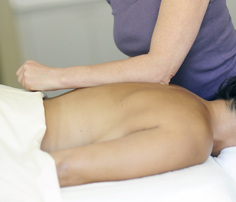 6. During the session, if your therapist hits a “knot” or Trigger Point, very often people will stop breathing if the pressure is too deep. Breathing helps facilitate relaxation, so this is the opposite of what we want. You want to be able to breathe through the pain and we want the pain to “hurt so good.” 7. It can be hard to quiet the mind during a massage. One way to bring your focus back to your body and quiet your mind is to follow the hands of the massage therapist. 8. Drink extra water after your massage. This is very important! After a massage, it’s important to flush all the toxins out of your system. It also helps to release “knots” hours after the massage! If you get a headache or feel nauseous after a massage, this is your first sign you’re not drinking enough water. 9. It’s not uncommon to feel dizzy or light headed after a massage. Take a few minutes to relax before getting off the table slowly.  10. The therapeutic effects of massage are cumulative, so the more often you receive a massage, your body will respond quicker and you will feel better. If you are getting massage for chronic muscular tension or recover from an injury, more than one session is usually needed, so be prepared to schedule several sessions. ***If anything happens during the massage that you dislike or seems improper, you have the right to ask the massage therapist to stop. If necessary, you also have the right to end the session.***
What Is Plantar Fasciitis  Plantar fasciitis is a chronic inflammation of the "bowstring-like" plantar fascia ligament that stretches underneath the sole. The plantar fascia supports the arch in your foot, acting like a shock-absorber. If tension and stress become too great, small tears can develop in the fascia that become inflamed and irritated. The main symptoms are:
Pain is usually the worst right after awakening with the first few steps, after long periods of standing, or rising from sitting, and worse after exercise. What Causes Plantar Fasciitis
What You Can Do To Relieve The Pain
Americans love technology! We love it so much that we have multiple names for the Repetitive Strain Injury (RSI) that happens when we use our smartphones, tablets, or other devices too much. The average person spends around 23 hours a week texting, giving our hands, arms and elbows a workout without realizing it.
The muscles and tendons that allow and support the movement of the thumb are very strong but were not designed for the intense repetitive texting that has become a common day occurrence. The cramped position that is required to hold our smart phones causes muscle fatigue, strain and tension. This leads to aches and pain in our thumbs, hands, neck and shoulder muscles.
What It Feels Like:
What You Can Do To Relieve The Pain:
Tension headaches are one of the most common types of headaches. Although some people get tension headaches for no apparent reason, they are usually caused by muscle tension in the neck and shoulders. Tension headaches are not hereditary.
Common causes for tension headaches:
Up to 80% of adults get tension headaches with women being two times more likely to get them as men. If you experience a tension headache daily, you have chronic tension headaches and should consult with your doctor.
The suboccipital muscles sit at the base of your skull. These four pairs of muscles are responsible for subtle movements between the skull and first and second vertebrae of the neck. Tension in this group of muscles is a common reason for tension headaches.
Tension headaches usually start with a dull pain or tightness in the base of your neck and shoulders. This can then wrap around the head and forehead. It has been described as feeling like a clamp is squeezing the skull.
It's best to treat tension headaches at the first sign when symptoms are still mild. The goal is to stop them from happening and to relieve any pain you're in.
Get Rid Of Tension Headaches Now
Long Term Prevention
If your headaches persist, are daily, or excessively painful, or came on suddenly, we strongly advise you to consult a doctor, without delay. There can be more serious conditions that are causing the headache that require medical attention.
There are three main types of TOS, named according to the cause of the symptoms; however because TOS is not well understood, there is still much controversy among physicians over these classifications. Vascular - Rare and usually involves compression of the subclavian artery or vein. Neurogenic - Involves compression of the brachial plexus. The majority of TOS cases are neurogenic. Nonspecific-type - Involves unexplained pain in the cervical region, scapular region, and arm. Symptoms typically begin after a traumatic event. What Causes TOS
Signs and Symptoms Depending on which structures are compressed, symptoms can vary.
What You Can Do To Relieve The Pain
When To See A Doctor
See your doctor if you are consistently experiencing any of the signs and symptoms of thoracic outlet syndrome. |
Heather McNay
I've been a Licensed Massage Therapist since 2006. In my free time I enjoy hiking with my husband and dog. I also have a passion for cooking, baking and gardening. Archives
August 2022
Categories |
Proudly powered by Weebly




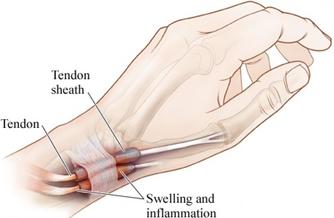


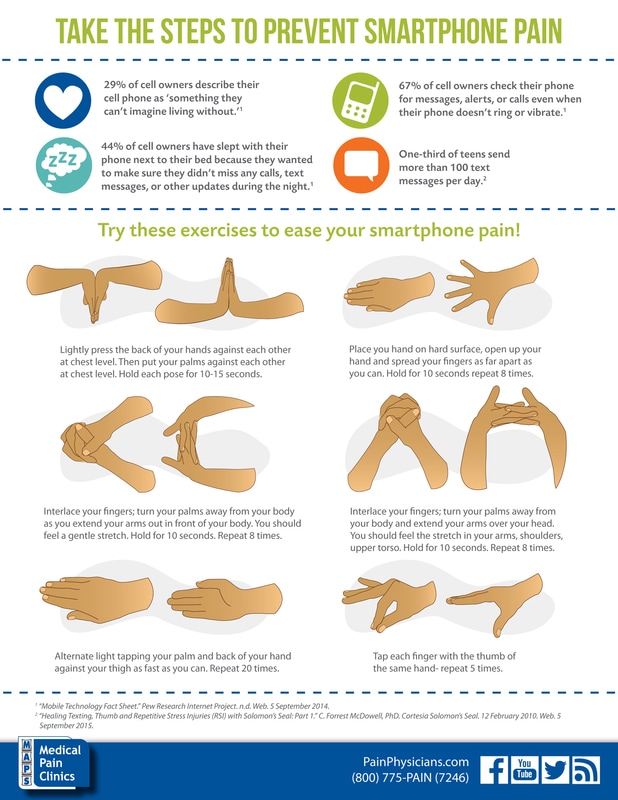
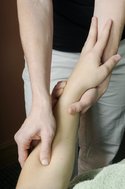
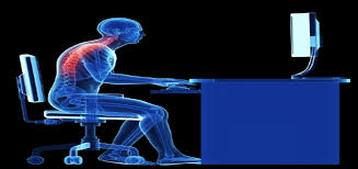
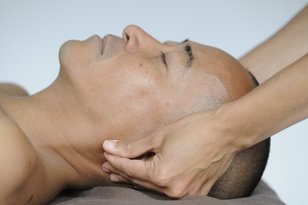
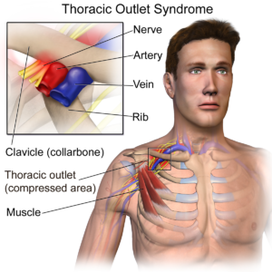
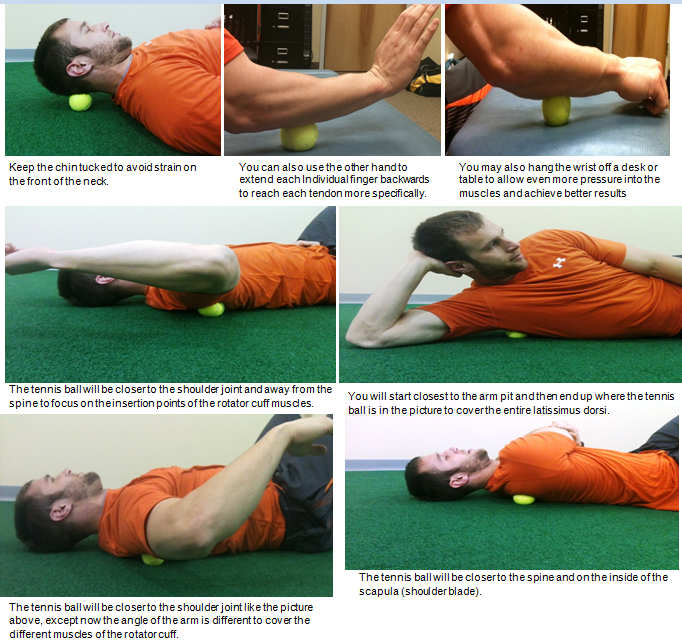
 RSS Feed
RSS Feed